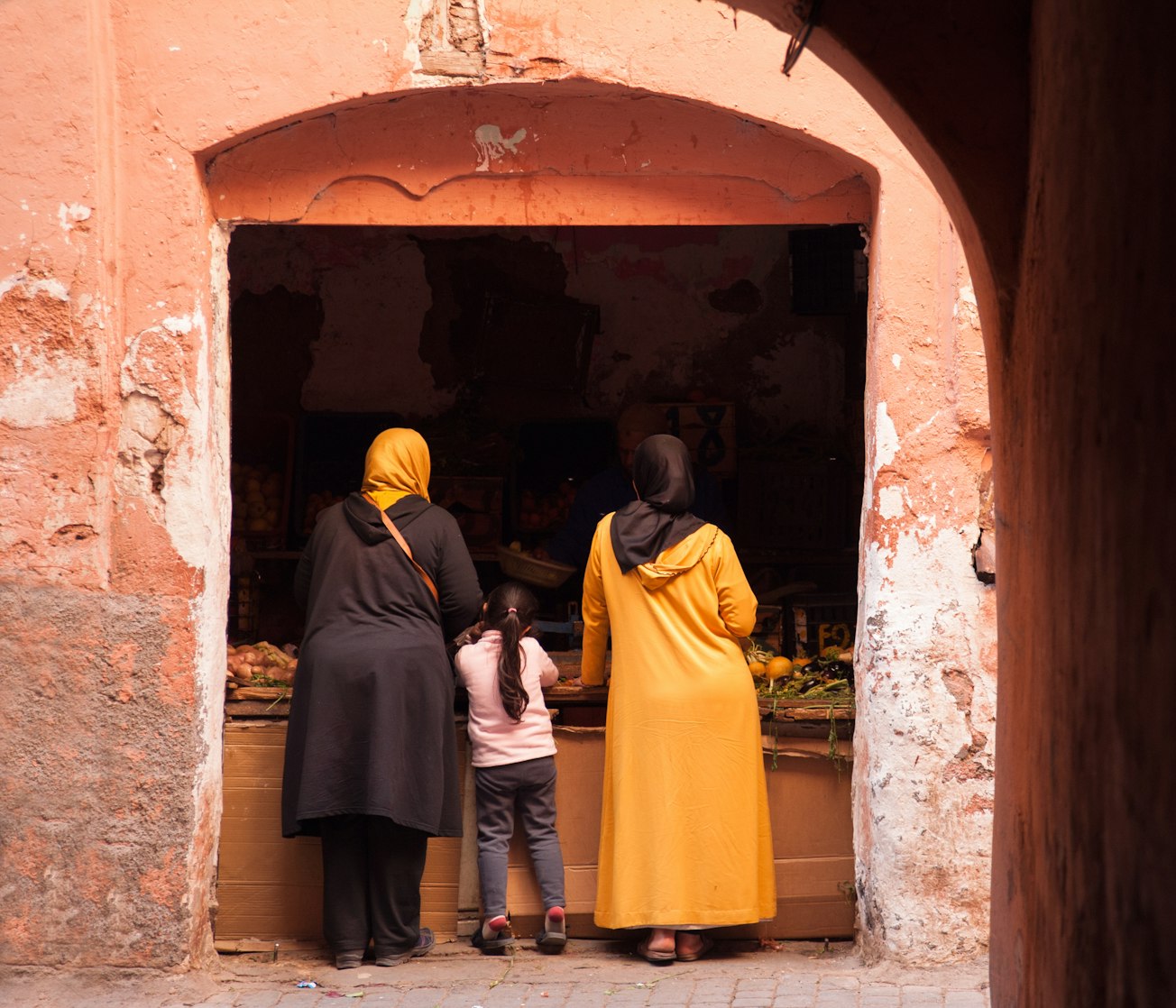What is it about?
This paper attempts to draw a segmentation of the Arab world to show how different countries differ in terms of female labor participation. It looks at two specific measures: the level of female participation as a percentage of male participation (FPM), and the female earned income to male income (FIM). Statistics from 20 Arab countries generated four clusters in which those countries are classified. Female labor indicators in most countries in the Arab world show similar patterns found in other countries in their stage of development. This confirms earlier research that indicates that women's labor participation decreases as societies move away from agriculture into manufacturing, services and industry.
Featured Image

Photo by Evgeny Matveev on Unsplash
Why is it important?
A short search for the keyword "status of working women in the Arab world" shows an overgeneralization of commonality and an underestimating of inter-country differences. In an attempt to explain the impact of Arab culture in shaping the rates of women's labor force participation, researchers often make broad generalizations attributing their status to customs and religious influences. Other economic hypotheses that give excellent explanations for female work participation exist in other regions of the globe, and they should not be ignored.
Perspectives
Enhancing women's participation requires not just an awareness of the institutional processes that sometimes make it difficult for women to get employment in specific roles, but also of the factors that disrupt women's tenure within their organizations. The glass ceiling, which has historically restricted women at lower levels of the hierarchy, may prove to be too strong, effectively keeping women out of organizations altogether..
Professor Yusuf Sidani
American University of Beirut
Read the Original
This page is a summary of: Female labour participation and pay equity in Arab countries: commonalities and differences, Contemporary Arab Affairs, October 2014, University of California Press,
DOI: 10.1080/17550912.2014.948313.
You can read the full text:
Contributors
The following have contributed to this page







